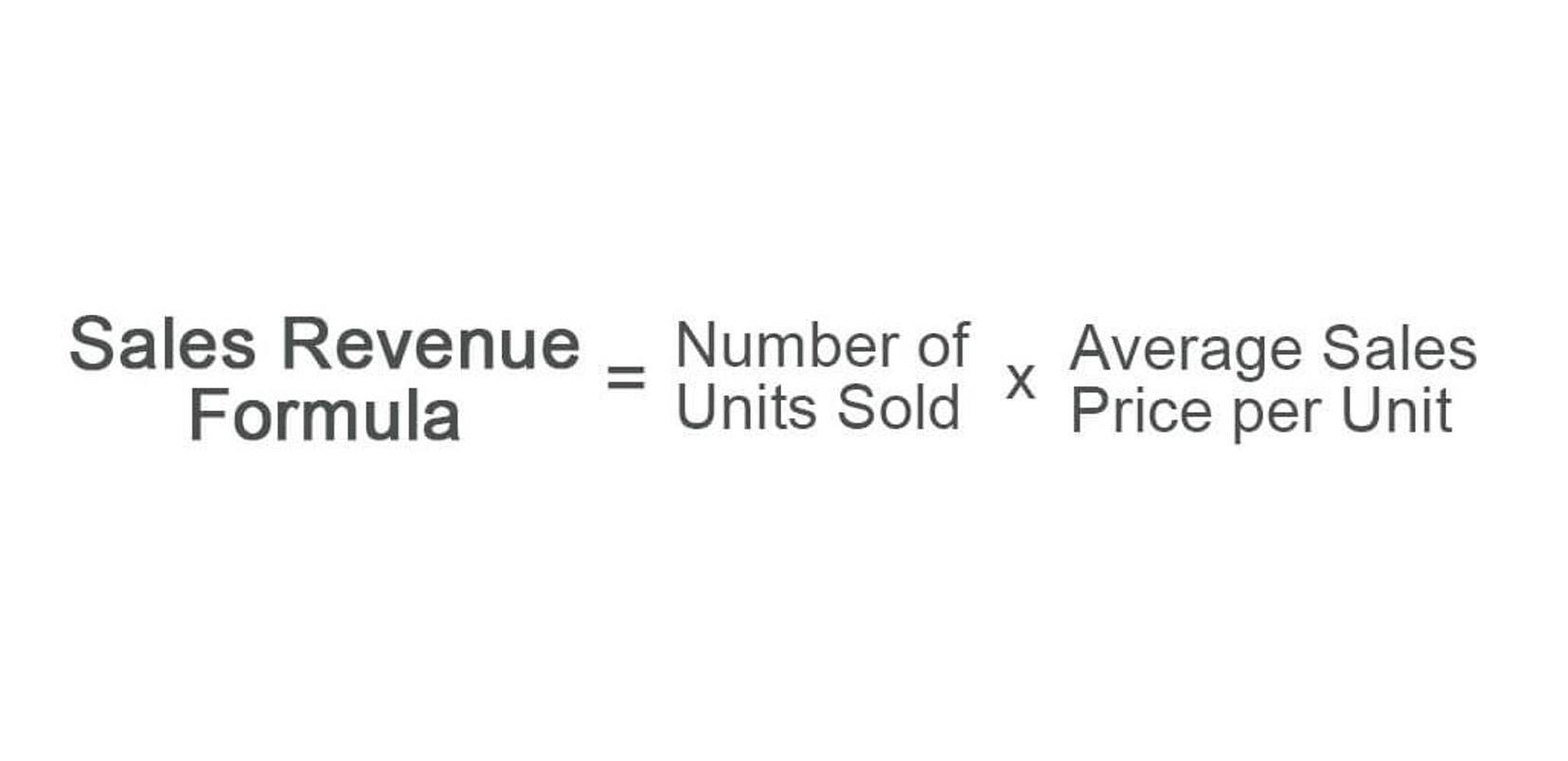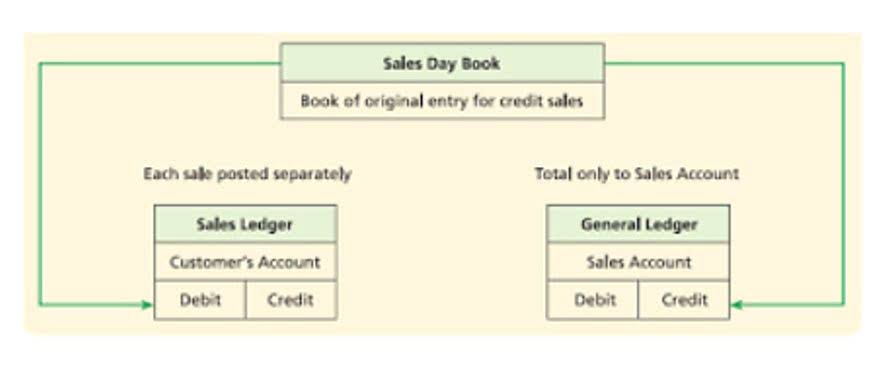
Despite having comparable levels of unrestricted net assets, Nonprofit A demonstrates greater financial stability due to its ability to generate sustainable revenue. Consider a healthcare nonprofit that wants to expand its services to reach more underserved communities. They could develop a comprehensive fundraising plan that includes hosting an annual gala, launching a crowdfunding campaign, and engaging in face-to-face solicitations with major donors. By strategically planning their fundraising efforts, they can generate the necessary funds to support their mission while also increasing unrestricted net assets. They serve as a safety net during challenging times, enabling organizations to continue their operations and fulfill their mission even when ledger account faced with unexpected circumstances or fluctuations in revenue streams.

The ROA Formula Breakdown

However, a donor may choose to classify the donation as temporarily restricted net assets or even permanently restricted net assets, thus establishing rules for the use of the donation. Net income can be found on a company’s income statement, while assets and equity are reported on its balance sheet. Income statements reflect financial performance over a fiscal year, while balance sheets present a snapshot of a company’s capital structure at a specific time. Restricted fund balance primarily represents those resources within fund balance for which constraints exist that cannot be changed or redirected by management. To calculate the unrestricted net assets for GoodHeart Charity, we first determine their total assets and then subtract any restricted assets.
- Organizations need to develop comprehensive financial strategies that align with their long-term objectives while also considering short-term needs.
- This is a particularly important measure in the general fund because it reflects the primary functions of the government and includes both state aid and local tax revenues.
- Temporarily restricted assets usually are donated for a particular purpose and must be used by a particular date, such as within one year.
- HBS Online does not use race, gender, ethnicity, or any protected class as criteria for admissions for any HBS Online program.
- The statement of cash flows tracks the movement of cash in and out of the organization, segmented into operating, investing, and financing activities.
- In contrast, tech companies often have higher ROAs because they generate more revenue with fewer physical assets.
Two Key Financial Ratios
- This often involves setting up separate accounts or project codes within the accounting system to ensure that restricted funds are not commingled with unrestricted resources.
- A large difference between the two suggests your company is using significant debt to amplify returns.
- The disclosure should be qualitative (providing information about how the nonprofit manages its liquid resources) and quantitative (communicating the availability of resources to meet the cash needs).
- However, it doesn’t really matter where the revenue is coming from, as long as the unrestricted net assets amount is positive and it positively contributes to the overall financial health of the non-profit organization.
- If you want to get a deeper understanding of ROA and other essential profitability analysis methods, consider taking an online course, such as Strategic Financial Analysis.
For example, an organization devoted to animal rescue may receive a restricted donation to be spent on the care and feeding of crocodiles. If the organization has no facilities or skilled staff devoted to crocodiles, it may be forced to spend more than the amount donated in order to fulfill the terms of the bequest. We also allow you to split your payment across 2 separate credit card transactions or send a payment link email to another person on your behalf. If splitting your payment into 2 transactions, a minimum payment of $350 is required for the first transaction. We confirm enrollment eligibility within one week of your application for CORe and three weeks for CLIMB. HBS Online does not use race, gender, ethnicity, or any protected class as criteria for admissions for any HBS Online program.
Managing Fixed Overhead Costs: Allocation, Impact, Strategies

Whether you are a seasoned investor or just starting to dip your toes into the world of finance, it is crucial to have a clear understanding of unrestricted net assets and dispel any misconceptions that may hinder your financial decision-making process. For example, imagine you are a small business owner with substantial unrestricted net assets. When faced with an unexpected downturn in your industry, you can use these funds to pivot your business model, invest in new technologies, or explore alternative revenue streams. This adaptability can be the difference between surviving and thriving during challenging times.
Months of Liquid Unrestricted Net Assets (LUNA)
NFP A has $395,000 of financial assets available within 1 year of the balance sheet date to meet cash needs for general expenditure consisting of cash of $75,000, contributions receivable of $20,000, and short-term investments of $300,000. None of the financial assets are subject to donor or other contractual restrictions that make them unavailable for general expenditure within one year of the balance sheet date. The contributions receivable are subject bookkeeping and payroll services to implied time restrictions but are expected to be collected within one year.
- Does it make sense that you have cash, short-term investments, prepaids and some operating receivables left over?
- Permanently restricted assets often come in the form of a fund that must be maintained indefinitely, with the income generated by its investment to be used for a particular purpose.
- Net assets with donor restrictions – The part of net assets of a not-for-profit entity that is subject to donor-imposed restrictions (donors include other types of contributors, including makers of certain grants).
- This type of asset requires meticulous record-keeping and transparent reporting to demonstrate adherence to the donor’s long-term vision.
- Nonprofits will continue to provide information about the nature and amounts of donor restrictions.
- These disclosures provide insight into how the organization plans to sustain its operations and fulfill its mission over the long term.
- These assets represent the portion of an organization’s funds that are not restricted by donors or external parties for specific purposes.
This what are unrestricted net assets type of asset requires meticulous record-keeping and transparent reporting to demonstrate adherence to the donor’s long-term vision. The statement of financial position, akin to a balance sheet in for-profit entities, offers a snapshot of the organization’s financial standing at a specific point in time. It categorizes assets and liabilities, giving stakeholders a clear picture of what the organization owns and owes. This statement is particularly important for understanding the liquidity and long-term sustainability of the nonprofit. Unrestricted net assets represent the portion of an organization’s total assets that are not subject to any donor-imposed restrictions or limitations.

However, increasing unrestricted net assets can be a challenging task that requires careful planning and strategic implementation. Unrestricted net assets refer to the portion of a nonprofit organization’s net assets that is neither permanently restricted nor temporarily restricted by donor-imposed stipulations. In other words, these are resources that the nonprofit’s management is free to use in any way that supports the organization’s mission. This category of assets provides the organization with the financial flexibility to fund day-to-day operations, invest in new programs, maintain existing programs, cover administrative costs, and respond to unexpected situations or opportunities.
Accurate financial reporting is indispensable for nonprofits, as it ensures transparency and accountability to donors, stakeholders, and regulatory bodies. The process begins with the preparation of financial statements, which typically include the statement of financial position, statement of activities, and statement of cash flows. These documents provide a comprehensive overview of the organization’s financial health, detailing assets, liabilities, revenues, and expenses. One of the fundamental components of nonprofit financial reporting is the Statement of Financial Position, which is akin to a balance sheet in for-profit entities.

